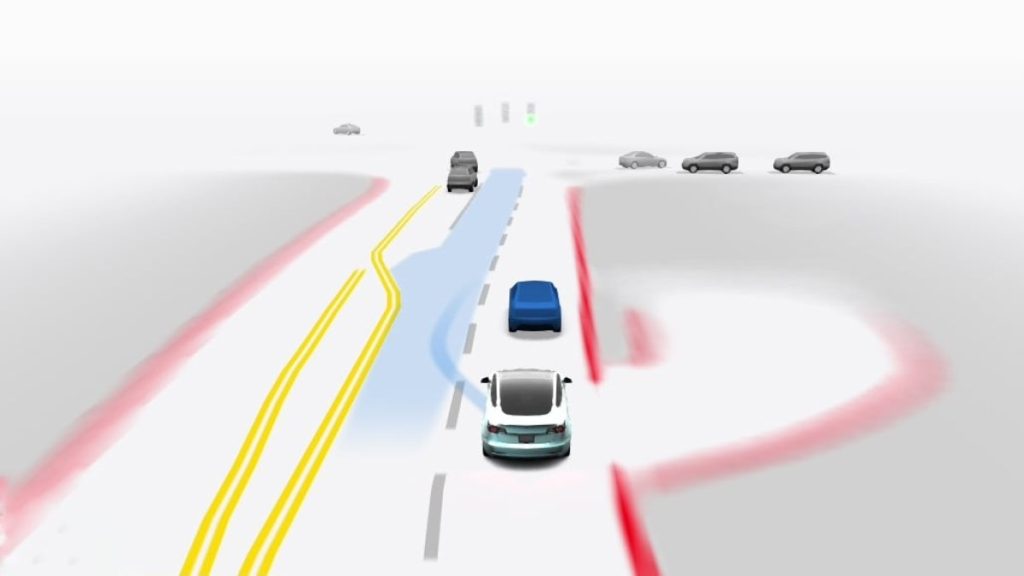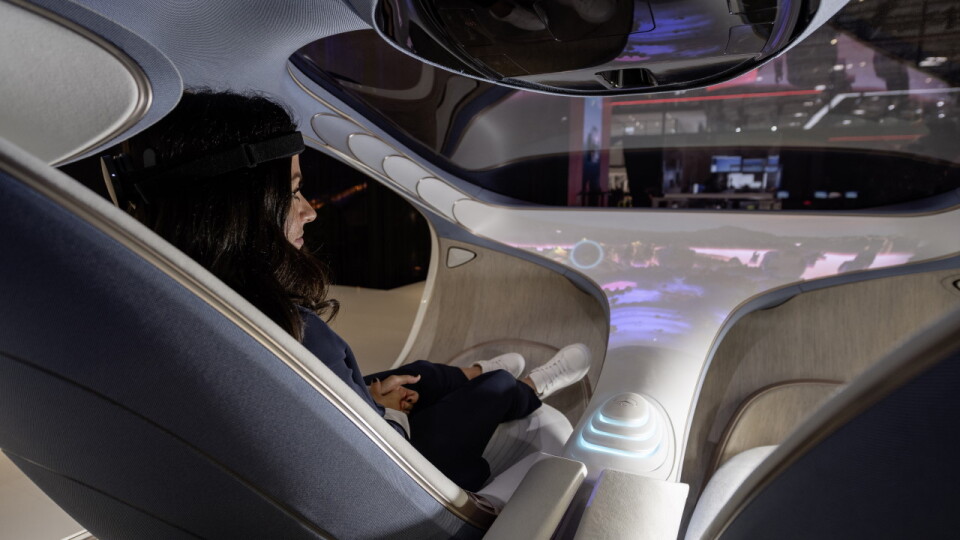In the movie Captain America 2, the director of SHIELD drove a Chevrolet Suburban equipped with artificial intelligence, and successfully escaped the enemy’s blockade with the help of automatic maintenance, real-time analysis of road conditions and autonomous driving. We may never have a war vehicle equipped with machine guns and artillery like him, but the introduction of various new technologies has made the arrival of smart vehicle just around the corner.
Why Are Vehicles So Representative?
As a representative product of the digital era, the innovation of the automotive industry is closely related to many technological advances. First of all, the new form of energy – electric vehicles make it easier for computers to take over the energy management and driving of vehicles. The introduction of cloud computing and artificial intelligence has further enhanced the capabilities of vehicles. A large amount of data is transmitted between the vehicle and the cloud servers, and the on-board autonomous driving system analyzes road conditions in real time. In this regard, we have learned about Tesla’s FSD (full-self driving) which is pure vision solution, and there are also manufacturers such as Nio that are using lidar solutions. Even if AI is not completely taken over, the combination of AR applications and HUD (head-up display) functions can make human drivers’ own driving easier and safer.

What Is the Current Situation of the Automotive Industry?
Less than 20 years after the release of the first prototype, Tesla has surpassed Volkswagen, General Motors and Toyota to become the world’s most valuable automotive manufacturer. In contrast to Tesla’s success, the market share of some traditional brands with a long history continues to shrink. Industry giants such as Porsche and Mercedes-Benz have also begun to transform to electrification and intelligent driving. Behind the decline of old-era products and the prosperity of new-era products is the “digital disruption” that we are familiar with.

How to Imagine the Future?
If we regard all vehicles on the road as mobile large computers, the imagination space will be very broad. Reliable and powerful hardware (think of stable high-voltage power supply and complex heat dissipation technology) will enable vehicles to become the largest and most powerful terminal devices in the digital era. What else can we expect? AI models can be deployed locally instead of in the cloud; cockpits equipped with VR devices can serve as our entry into the world of metaverse.
Referances
Wu, A. (2024) The Story Behind Tesla’s Success (TSLA). https://www.investopedia.com/articles/personal-finance/061915/story-behind-teslas-success.asp.
Staff, N. a T.A. (2024) Tesla Releases FSD v12.4: New Vision Attention Monitoring, Improved Strike System With Update 2024.9.5. https://www.notateslaapp.com/news/2031/tesla-releases-fsd-v12-4-new-vision-attention-monitoring-improved-strike-system-with-update-2024-9-5.
VISION AVTR | Future Vehicles (no date). https://www.mercedes-benz.ca/en/future-vehicles/vision-avtr#gallery.


Hi Jacky,
Your exploration of the role of vehicles as key terminal devices in the digital era is both captivating and timely. The connections you draw between technological advancements—such as artificial intelligence, cloud computing, and electric vehicles—and the evolution of the automotive industry are spot on. It’s remarkable to witness the rapid transformations taking place, especially with trailblazers like Tesla leading the charge.
I appreciate your insights on the increasing integration of vehicles with digital technologies. The idea of cars as “mobile large computers” offers a compelling perspective that opens up numerous possibilities. Imagine the potential for real-time data analysis to enhance safety and efficiency, or how vehicles could work in tandem with smart cities to improve traffic management.
However, I have concerns about the consequences of this rapid change. As traditional automakers struggle to keep pace, what does this mean for employment in the sector? The shift towards automation and artificial intelligence may lead to job losses, particularly in manufacturing and driving roles. Additionally, the reliance on technology raises important questions about cybersecurity and data privacy. With vehicles collecting vast amounts of data, ensuring the security of this information will be crucial.
I’m also curious about the impact of consumer behavior during this transition. While the potential for virtual reality and metaverse experiences in vehicles is exciting, will consumers embrace these innovations, or will there be reluctance due to safety and distraction concerns?
In conclusion, your article sparks essential conversations about the future of the automotive industry and its role in our increasingly digital world. I would love to hear your thoughts on how we can balance innovation with the challenges it presents. What strategies could be put in place to tackle these issues while continuing to advance?
Hi DuongD, it’s a pleasure to discuss the potential side effects of industrial development in the automotive industry with you.
Regarding the potential impact of the development of artificial intelligence on the job market, I would say that people have seen it many times since the Industrial Revolution. The emergence of spinning machines replaced textile workers in Britain, and the development of refrigeration technology made milkmen on the street less and less. Things are repeating themselves.
On another level, the promulgation of laws and regulations and the acceptance of consumers need a gradual process. But I believe they will adapt themselves with the development of the times and technology. The introduction of laws and regulations related to network and information security is of course an important issue. Just like when the Internet first appeared, laws related to the Internet have been introduced continuously in the following decades. I believe that the regulations on autonomous driving are also in the process of improvement.